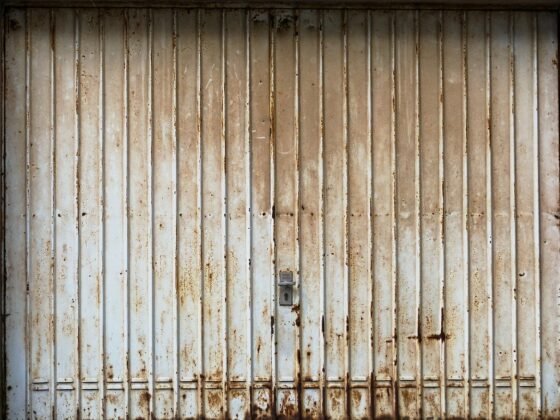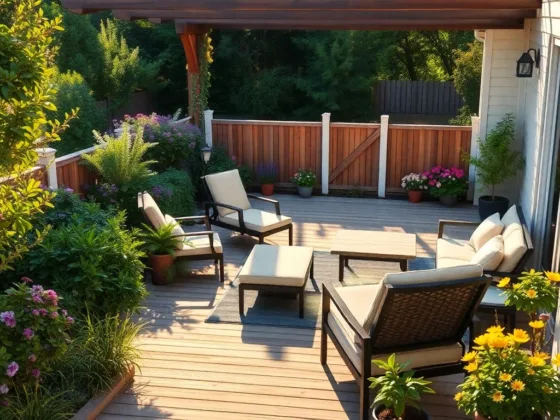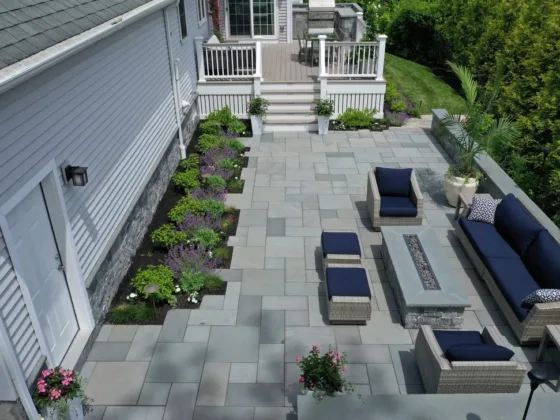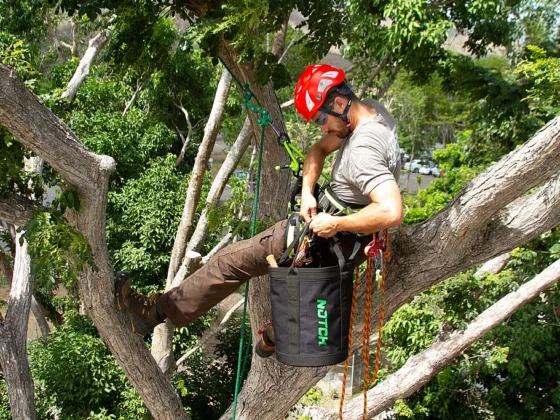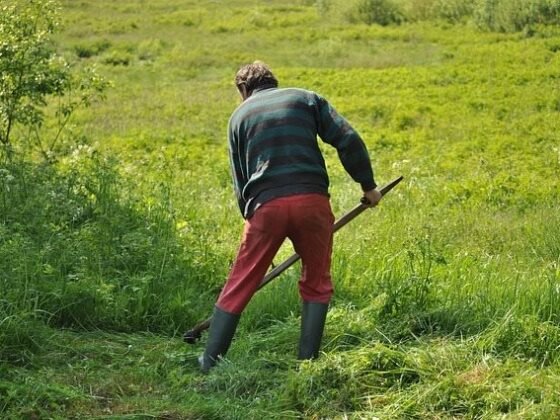Home maintenance projects can easily build up and before you know it your entire yard will begin looking shabby. While it is typically easier to tackle projects around the house one at a time, you can completely revitalize your yard this fall with a pressure washer.
From your front walkway to your backyard patio and fence, using a pressure washer is a great way to make short work of all the accumulated dirt, mold, and mildew that is making your yard unsightly.
A pressure washer not only reduces the amount of time and energy it takes to clean up, but it will also do a much more thorough job then scrubbing everything with a brush by hand.
If you don’t want to buy one or don’t know someone who has one you can borrow, pressure washers can be rented for a very nominal daily fee. Most pressure washers on the consumer market, especially rentals, only use cold water.
However, higher-end, heavy-duty pressure washers often have cold- and hot-water settings. Be sure to only use cold water on unfinished wood as hot water can cause the grain of the wood to rise and make staining or sealing harder.

The pressure washer can be used to clean plastic, wicker, wood, metal, and glass lawn or patio furniture as these are all designs for outdoor use and are durable enough not to be harmed by water.
Pressure washing works well for cleaning wood, metal, and vinyl fencing. UV rays can oxidize metal and vinyl and make fencing look old before its time.
In wetter climates, like the Pacific Northwest, wood can take on a slimy appearance and grow, mold, mildew, and algae.
Because they are constantly exposed to the weather, be sure to use caution on wooden fences when pressure washing as too much force can easily damage the wood.
Read Also:
Preparation
Prep the yard before renting the washer so you are only paying for the washer for the time you are actually using it.
Begin by giving anything you plan to pressure wash a thorough looking over. Any cracks in brick, asphalt, or concrete surfaces should be patched before you begin pressure washing or the highly pressurized water can result in more damage.
Patch these areas with an appropriate patching compound designed for that type of surface.
For safety, you should turn off the electricity to all outdoor fixtures and cover any receptacles and equipment that could be damaged, like light fixtures and a central AC unit.
Place duct tape over any cracks in windows. Lay down plastic sheeting to protect plants and grass adjacent to the areas you will be washing.
This will also keep dirt from splashing back up on the area you just washed. It is inescapable that you are going to get wet.
Wear goggles and waterproof gloves. Put on rain gear if the temperature is below 60-degree Fahrenheit. Pressure washers are loud so wear ear protection.
How to Use a Pressure Washer
Pressure washers typically produce between 1,500 to 3,000 pounds of pressure per square inch, referred to as a PSI.
While this is great for cleaning, the high pressure can cause major property damage, such as broken windows, if care is not taken.
Gasoline-powered pressure washers are typically more powerful and have a higher PSI rating than electric models.
A good rule of thumb is to use the least amount of pressure necessary to avoid damaging the surfaces. This is especially true when pressure washing vinyl siding.
There are typically three grades of siding and the lowest-quality grade will crack very easily if you use too much pressure.
Start with a lower PSI setting and adjust it upward as needed. Get used to the machine by using it on a practice surface, such as a scrap of siding or some loose bricks, if possible.
Select the appropriate nozzle for the job. A 25-degree nozzle, typically having a green tip, is considered an all-purpose tip and will perform well on most surfaces under most conditions.
However, a 15-degree nozzle will work better for really stubborn stains and dirt.
Be sure to hold the wand firmly, or the recoil can knock it out of your hand. Experiment with the pressure washer to get the feel for how it works and see if you need to adjust the setting for more or less pressure.
Move the wand slowly and methodically until you have a good feel for the machine. Practice moving the wand horizontally in three-foot-wide strokes.
On flat surfaces, such as a deck, walkway, or patio, hold the wand at a slight angle to push the dirt off the surface as you go.
Cleaning
Begin by washing the exterior of your house. Follow the top-to-bottom pattern so you don’t miss any spots.
If you are comfortable with heights, then you can use the washer to clean the chimney and remove any mildew buildup on asphalt shingles.
Clean the inside and then the outside of the gutters. Wash windows, doors, and screens. Clean the front porch flooring, railings and steps, and the back deck or patio.
Give everything a good soaking with plain water to begin loosening up the dirt. A coating of water will also help prevent the pores in brick and concrete from absorbing the detergents.
While there are some all-purpose detergents on the market, make certain you use a detergent that is approved for each surface you are cleaning. For example, brick may require a different cleaner than a wooden fence or vinyl siding.
Also, be mindful of the amount of pressure you use on wooden surfaces to avoid gouging the wood. Softwoods especially, such as pine, can be easily damaged if you use too much pressure.
Begin by holding the nozzle of the spray wand between 18 and 24 inches away from the surface. You can move the nozzle closer to the surface, if needed, but not closer than 12 inches or you run the risk of damaging the surface.
Apply the detergent at the top of the surface and work your way down to help prevent streaking.
Let the cleaner soak on the surface for 10 minutes, but do not allow it to dry. On bright sunny days, it is best to pressure wash in the shade, when possible.
Rinse the detergent residue off with plain water from a garden hose in the same top-to-bottom pattern. Check the area over for any stubborn stains that may require additional treatment.
Follow these pressure washing tips and you will be able to safely and thoroughly revitalize your entire yard this fall in just a weekend.


